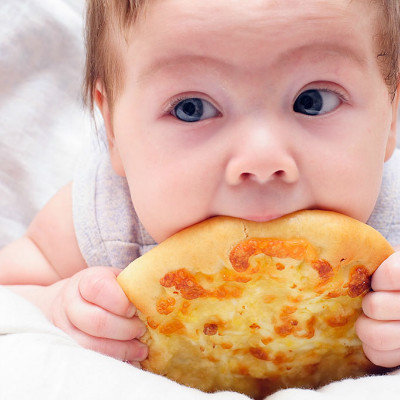How does infantile dacryocystitis do
summary
Our eyes all have a dacryocyst, and some newborns may have inflammation in the dacryocyst, leading to the normal discharge of tears and other conditions. The eyes are red, which are collectively referred to as dacryocystitis. Here's how to do infant dacryocystitis.
How does infantile dacryocystitis do
First: neonatal dacryocystitis, also known as congenital dacryocystitis, is due to the nasolacrimal duct at the opening of the fetal membrane at the lower end of the development process does not shrink, or because of the opening of the epithelial debris, blocked the nasolacrimal duct is not smooth, tears and bacteria retention in the lacrimal sac, resulting in secondary infection *.

Second: first, conservative treatment, topical application of antibiotic eye drops, at the same time to the nasolacrimal duct direction of the dacryocyst massage, 2-3 times a day, it is possible to flush the congenital membrane or upper dandruff. When this method is ineffective, lacrimal duct irrigation can be used to break through the obstruction. When it can no longer be effective, lacrimal duct probing should be considered.

Third: neonatal dacryocystitis should be differentiated from neonatal ophthalmitis, the latter occurs in 2-3 days after birth, conjunctival hyperemia, and dacryocystitis rarely occurs within 6 weeks after birth, conjunctival hyperemia is very light, this is the key point of differentiation.

matters needing attention
In fact, the treatment of infant dacryocystitis is mainly based on prevention. Dacryocystitis will appear a series of phenomena such as redness, swelling and itching in the eyes. When the newborn infant gets dacryocystitis, it is too easy to grasp it with hands, resulting in more serious diseases, and the eyes can not be cleaned.










